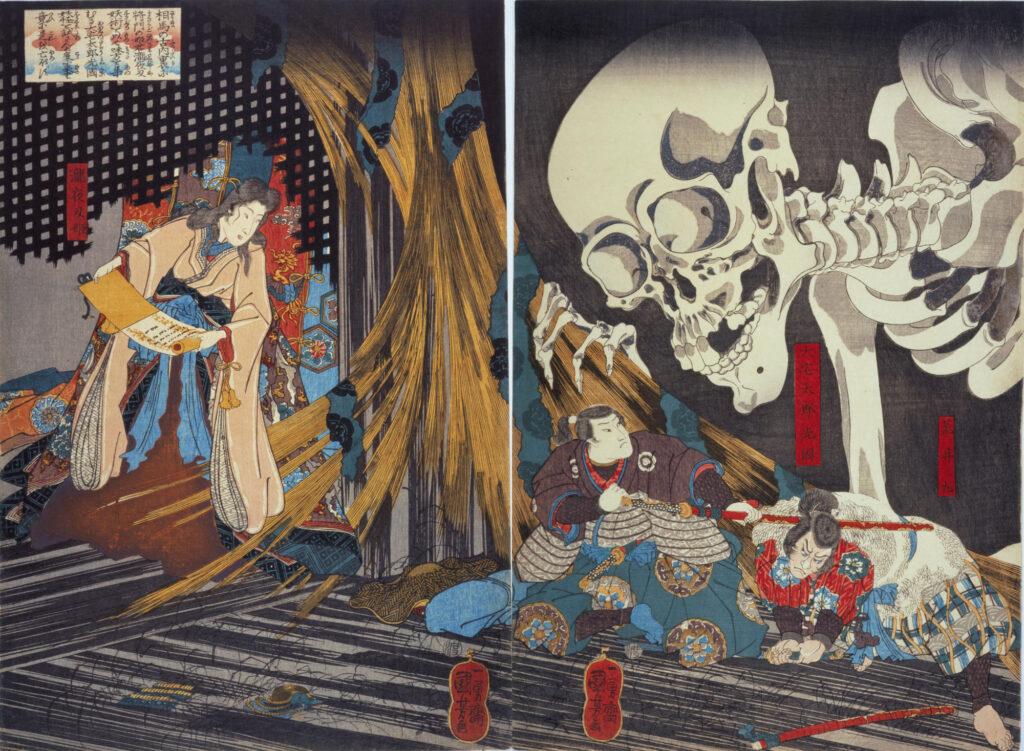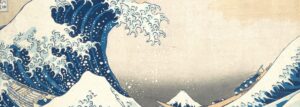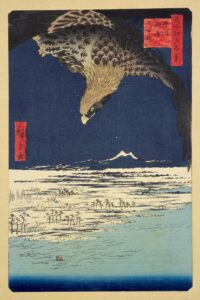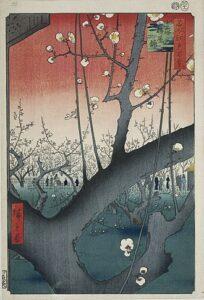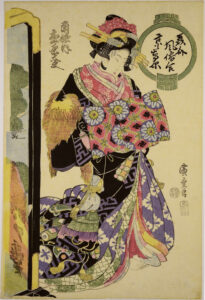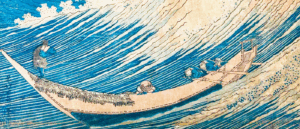If you’ve heard of Japanese woodblock art from the Edo period, you’ve probably heard about names like Utagawa Hiroshige for his woodblock print series 100 Famous Views of Edo, and Katsushika Hokusai for the series 36 Views of Mt. Fuji, Featuring the Great Wave Off Kanagawa. But there’s another bold ukiyo-e artist, way ahead of his time even during the Edo period, who you should know about – Utagawa Kuniyoshi. Unlike Hiroshige and Hokusai, who were both known for their landscapes [1], Kuniyoshi was known for mythology and legends.
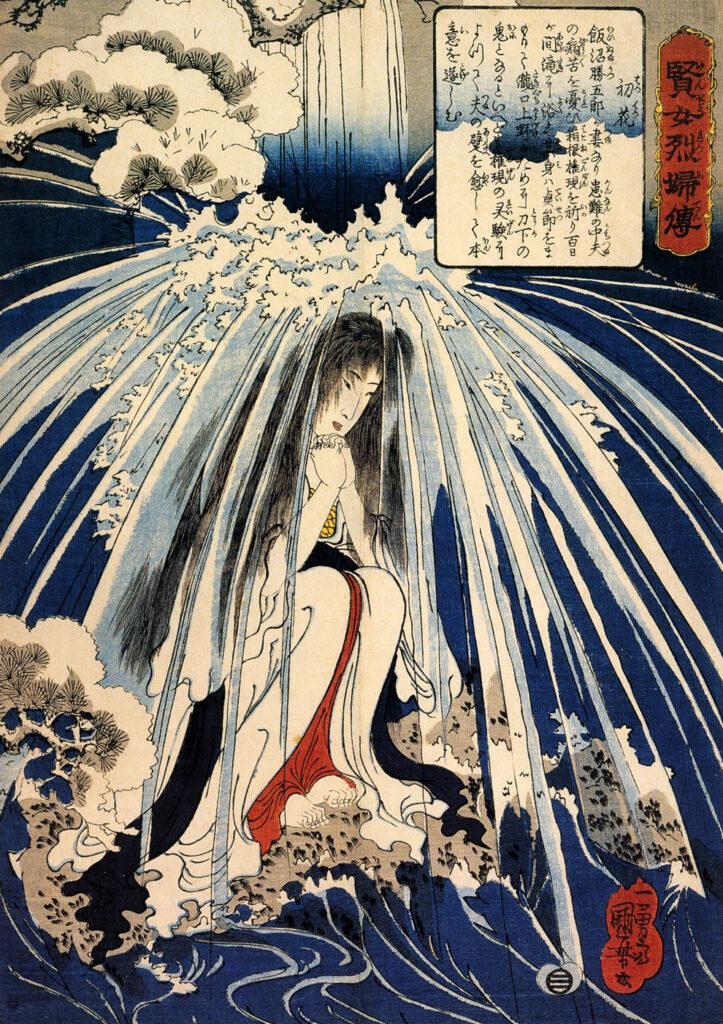
Basically, he brought magic to Japanese culture in his own crazy way; featuring colorful depictions of legends, ghosts, creatures, and interesting characters of all sorts!
Upon inspecting some of Utagawa Kuniyoshi’s prints, you would realize what made him popular: the vast number of themes and styles that he explored, which the Edo period had not seen in any other artist’s works [3], and was a very forward way of approaching Japanese art at the time – and endures today with a lasting charm and dynamism that is unmistakably Kuniyoshi.
So, let’s delve into a little bit of the history of Kuniyoshi’s works. Back in the Edo period, the Japanese opened their borders for trade with the Western world after a long period of seclusion. However, with the diminishing samurai class at the time, the government needed the right kind of propaganda and publicity to promote its military’s position. And right around that time, came the first series by Kuniyoshi: The Suikoden Series. Inspired by a semi-fictional Chinese tale Tales of the Water Margin, It covers 75 of 108 stories in that catalog [3]. And it did exactly what it intended to do: give the Japanese people a detailed image of how fierce their army was through highly detailed scenes of popularized Chinese warrior tales through heavily tattooed men and dark-themed intricate imagery. That was the element of Kuniyoshi – to bring out exactly what is intended in the subtlest of ways. As a matter of fact, it is thought that Kuniyoshi was one to encourage full-body tattoos through his imagery of these Chinese warriors in ukiyo-e. I think some colorful people in modern society would be proud of this aspect of Kuniyoshi’s thinking, talk about being ahead of his time!
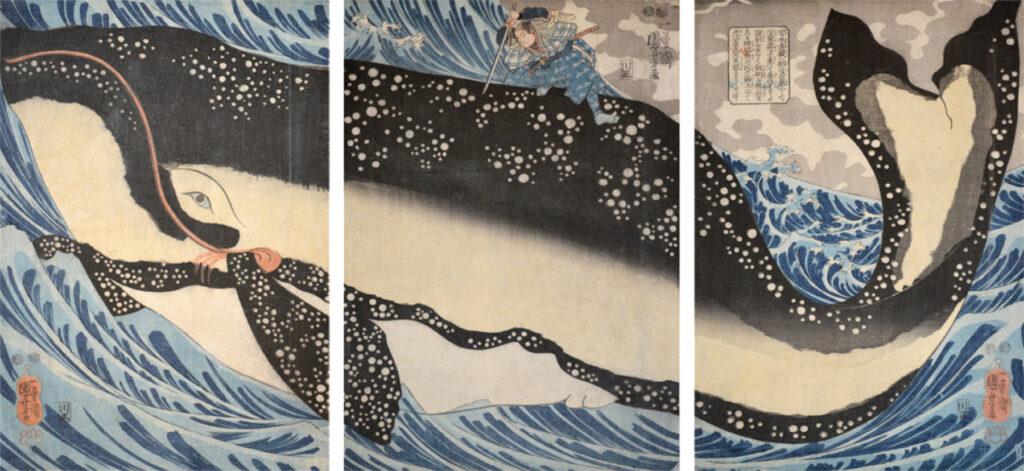
While he worked in any and all genres, his masterpieces lay in the myths and legends. To say the least, Kuniyoshi led the rise of heroes, legends, and monsters in ukiyo-e – resulting in some of the most shocking and forward-thinking designs we’ve ever seen in woodblock prints. Rather than quickly embracing the triptych format in traditional ways (think geishas and figures spread out on a pagoda, or wide landscape scenes of Edo), he brought remarkable action to his pieces [1]. Take, for example, Takiyasha and Skeleton Spectre in the Ruined Palace at Soma (below), and Kuniyoshi Miyamoto Musashi and the Whale Off the Coast of Hizen (above).
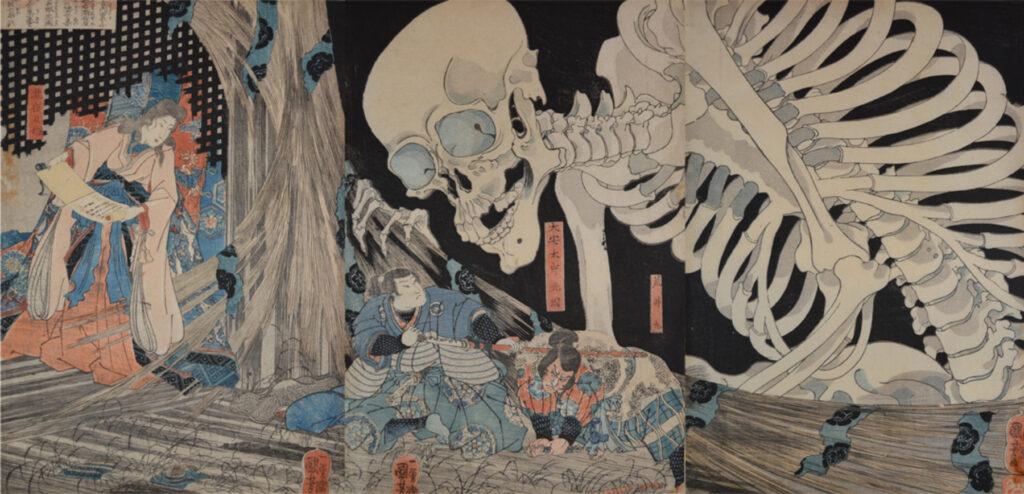
Instead of taking from real-life stories, like other ukiyo-e artists, Kuniyoshi went with a fictional idea and created a spectacular triptych on it. With a blend of dark and light shades of color, the piece above tells the story of Princess Takiyasha whose kingdom had lost all its soldiers to the battle of Kojima where the King fought his own brother and was killed brutally. Helpless, the princess turned to witchcraft to take
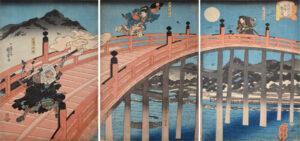
revenge on the King’s brother – her uncle. The princess eventually learns how to summon a large skeleton – Gashadokuro, in times of turmoil – a story straight out of Kuniyoshi’s imagination [2]. The print above is actually one of the most valuable triptychs in woodblock print collecting. Recent prices at auction have fetched close to six-figures for this iconic print!
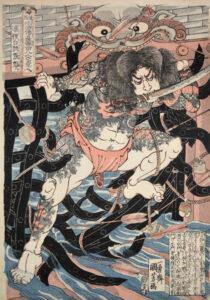
To say the least, these designs still fit quite well with today’s modern art pieces and don’t seem to be restricted to the Edo period. With the triptychs, mythical creatures, and legends, you can’t help but wonder, how did he manage to have such foresight. So when you’re out to find a piece of Japanese woodblock art that you wish to buy, try to find an original Kuniyoshi piece for yourself!
For our latest collection of woodblock prints for sale, usually including some original Kuniyoshi, click here.
And, if you have an original Kuniyoshi you would like to sell, get in touch with us here. We are woodblock print experts and would be happy to appraise your print for you, and might be able to make you an offer.
Links
[2] ] Kuniyoshi, Utagawa. “Takiyasha the Witch and the Skeleton Specter.” Obelisk Art History, 1 Jan. 1970, https://arthistoryproject.com/artists/utagawa-kuniyoshi/takiyasha-the-witch-and-the-skeleton-spectre/.
[3] “Utagawa Kuniyoshi (歌川國芳) 1797-1861.” Viewing Japanese Prints: Utagawa Kuniyoshi (歌川國芳), https://www.viewingjapaneseprints.net/texts/ukiyoe/kuniyoshi.html.

